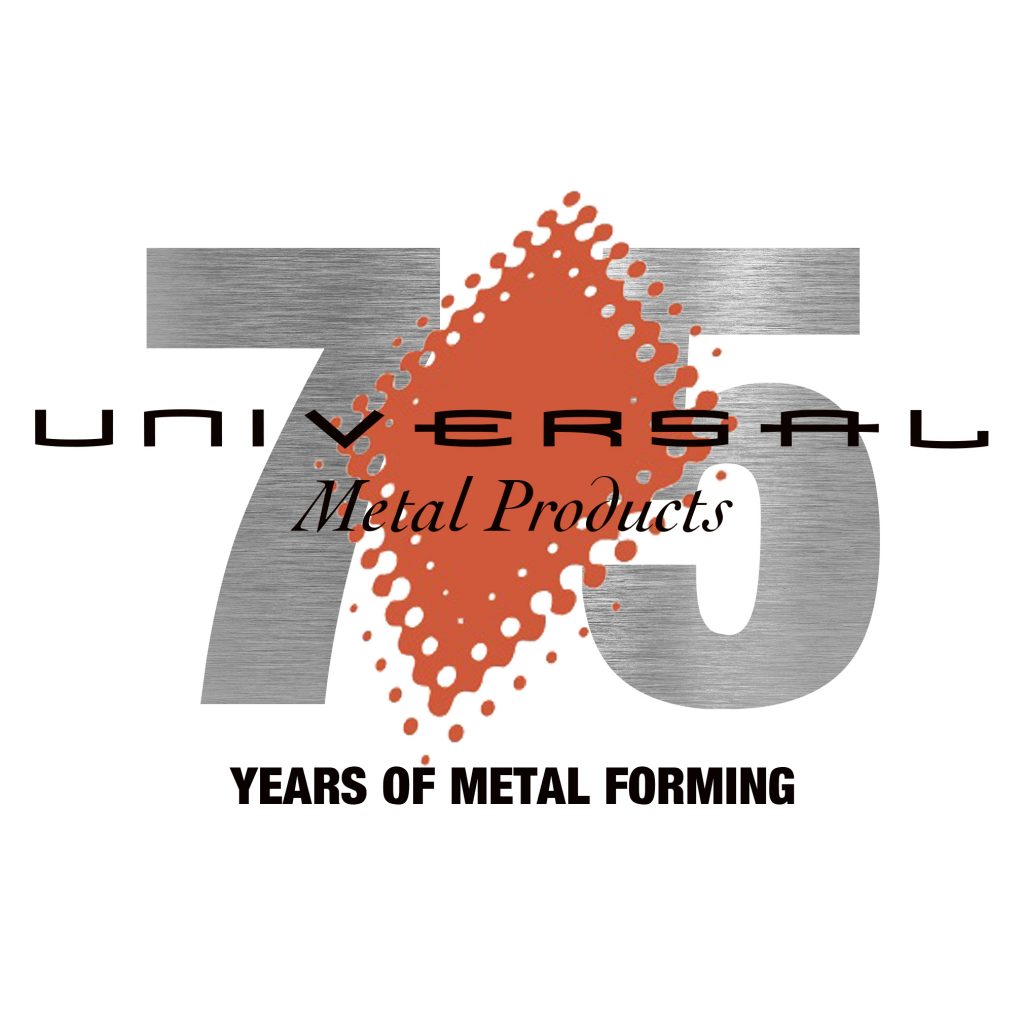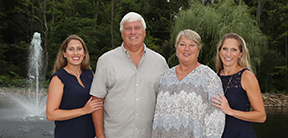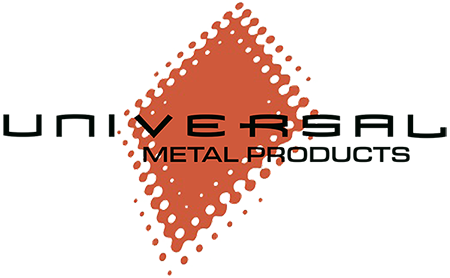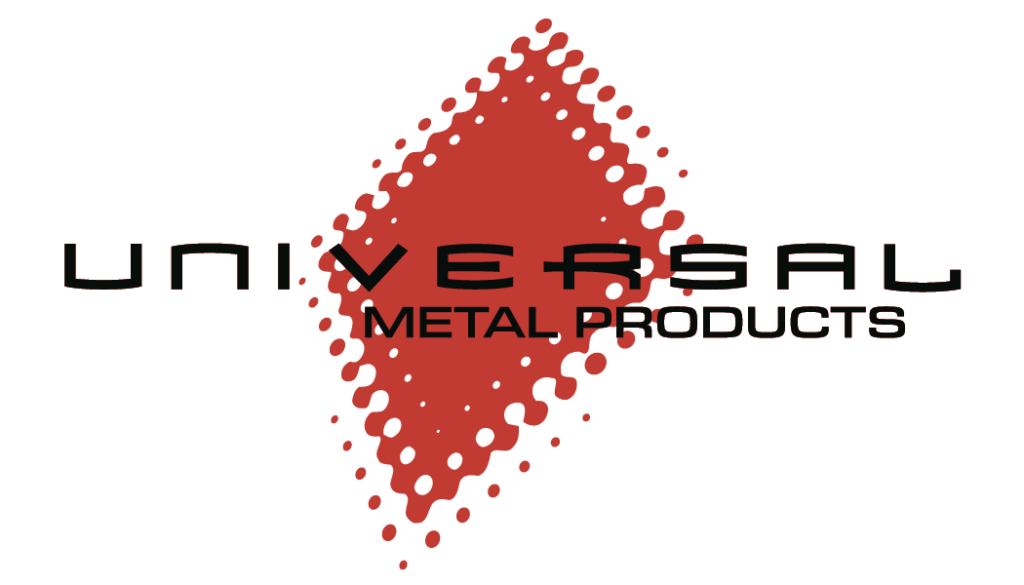75th Anniversary of the
Universal Metal Products Family

In honor of UMP’s 75th Anniversary, I had a conversation with CEO Scott Seaholm to talk about everything from the company’s humble beginnings, to a glimpse into the future of the UMP family.
Q: Tell us about UMP’s beginnings.
Universal Metal Products was founded in 1946 by Thomas Dahlstrand in an old gas station off St. Clair in downtown Cleveland, Ohio. The company consisted of one office person, one machine operator and one tool & die maker. The concept of family started early, as employees Ida, Ollie and Burt Norder actually were family. Their first customer was Westinghouse Electric in Columbus. After WWII, Ohio was the hub of appliance manufacturing in the U.S., and so began the first opportunity for growth.
In 1954, UMP moved into a 12,000 square foot facility in Wickliffe, Ohio, which quickly grew to 50,000 square feet. Business expanded into the auto industry in the 60’s with a constant tension hose clamp called the UniClamp®, which was used on fuel and environmental systems in cars. It is still sold today for vehicle, appliance and industrial applications. The UniClamp’s® success was the driving force behind the 1968 decision to build a 40,000 square foot plant in nearby Willoughy, Ohio. The 60’s and 70’s also saw the addition of refrigeration within the appliances group.
Q: How did you get involved with UMP?
My entry into UMP started in 1973 when I was assigned to work with UMP as a client of Meaden & Moore CPA. I continued working with UMP and eventually became a Partner with Meaden & Moore. In 1985, Tom Dahlstrand asked me to help him create a business plan to attract potential buyers when he was ready to retire. He did not have children to bring into the business and was looking to find a buyer who would not only take UMP to the next level, but also take care of the 65 employee “family” he had built over the years. It was very personal and Tom wanted it to be the right buyer. He received several offers but turned them all down.
It took me a while, but in December 1986, I finally asked Tom if I could buy the business. CPA to Manufacturing? Why not?
Tom’s response was, “What took you so long?”
Q: What were your dreams for the company when you acquired it in 1987?
The goal was steady growth. My methodology was to keep the goals simple, clear and measurable for all employees. We set the growth for 6% per year, then to accomplish this we established Best Practices. We started with the Best Quality System in the auto industry. That eventually trickled down to our work in appliance and industrial.
From there we concentrated on developing the best business systems for the customer service management including EDI, manufacturing, and measurement of productivity for all employees.
Lastly, we made sure UMP was a great place to work! That has helped us to retain our workforce in an industry that can often be viewed as transient. Our employees become part of the UMP family, and are depended upon to help shape the future of UMP.
UMP has grown from 65 employees and $6 million in sales, to over 300 employees and $60 million in sales. Most importantly, we remain committed to our growing UMP family of employees.
Q: What are the goals today?
Now, the key is to continue to diversify the client base. For example, back in 2004, 84% of our business was with the appliance industry, 11% in automotive and 5% industrial. By 2019, those percentages shifted to 46% appliance, 35% transportation (includes trucking and automotive) and 19% industrial. We have also opened plants in Toledo (1997) and Texas (2003) to accommodate the changing diversity of our offerings both in industries served and markets, including Mexico.
Q: What are some of the biggest challenges during your time with UMP?
The recession of 2008 and the Pandemic of 2020 have been two of the biggest challenges. 2008 was the one and only time we actually had to layoff employees. This is a feat that is practically unheard of in manufacturing. It was the hardest decision to make, because as I stated earlier, our employees aren’t just people we work with, they’re family. I vowed that we would never be leveraged like that again.
Last year, we avoided layoffs and kept doors open by being an “essential” business. We kept everyone working by eliminating overtime, and filling nonproduction periods with internal projects such as organizing departments, cleaning and painting the equipment. When work started to come back, we were ready to go with our full workforce intact.
Q: What changes do you see coming in the future?
There are changes in the pipeline for every department. On the floor, we see upgraded electronics, sensors and controls as well as servo motors to drive machines. The tool room will see Wire EDM (Electric Discharge Machine) for cutting die sections, computer operated milling to grind materials, and further evolution of CAD systems used to design and build dies. In engineering, we are adding solid modeling CAD systems and 3D printer technology in order to design and create prototypes in real time. Management will see changes in information systems and cloud computing.
Some of the best changes coming are in employee development and training such as Tool & Die apprenticeship training, machining skills and Maintenance Tech training. Another example of our commitment to future training and retention is our involvement with AWT (Alliance for Working Together) with Lake Erie College, Lakeland College, Auburn Career Center and Mentor High School. Watch for more information on this as it evolves.
Q: You have kept the company in the family with your daughters taking over. What do you want your legacy to be?
I would love to keep UMP in the family for generations to come because I believe it’s a great company! There are so many opportunities here beyond what people think of manufacturing including Engineering, Computing, Human Resources, Sales, Operations, Purchasing and Management. We have the resources to grow the business and my daughters, Kristin Jenkins and Kimberly Koeth are bringing fresh ideas – and a women’s perspective in a male dominated industry. I am confident their impact at the helm will take what I have built to the next level.

Q: Anyone you’d like to thank for their memorable contributions over the years?
My first response is to recognize those people in senior management, but in reality, UMP has been successful due to the collective efforts of all of its employees. I feel fortunate that I have had the opportunity to be a faithful steward of UMP and have been associated with amazing people, great supply base and most of all, our customers.
I had a list of almost one hundred names, many of which most of you may not know. For those of you currently here at UMP, you are all appreciated and I frankly don’t want to miss someone, so my heartfelt thanks go out to each and every one of you.
I personally want to express my appreciation to Thomas Dahlstrand, owner and President for 41 years (1946-1986) for having the confidence in me to guide his company these last 34 years.
75 Year and counting. I doubt I will be here to see 100 years, but I’m sure the next phase of UMP will not only be successful, but continue to protect the UMP family that has been put in my care. I have certainly been blessed

